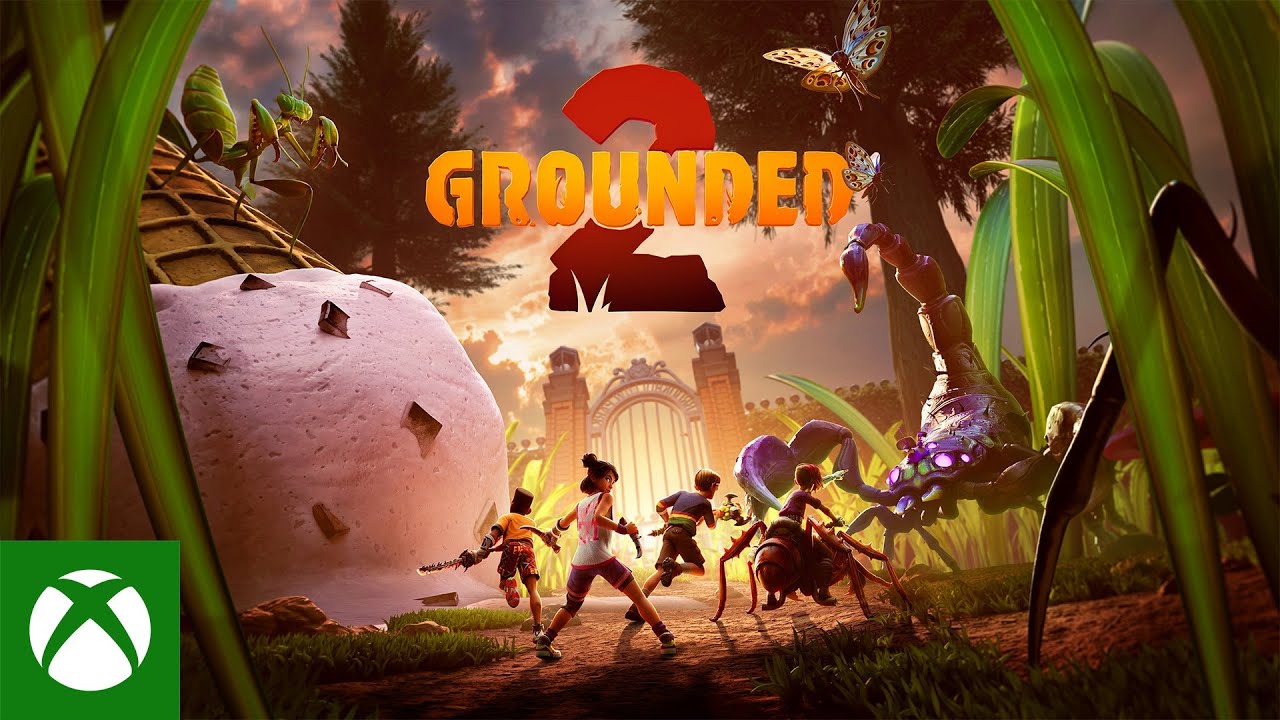Okay, gamers, gather ’round, because we’re about to dissect the *deeply* fascinating world of game UX. And by “deeply fascinating,” I mean, like, about as interesting as watching paint dry… but hey, someone’s gotta do it, right? So, apparently, it’s not enough to just have explosions and shiny loot anymore. Noooo, we need “layered, responsive design” and “user-centered functionality.” Because, you know, if the menu isn’t *perfect*, we’re all gonna rage quit and go back to playing with rocks. Cognitive psychology and behavioural economics, huh? Sounds like a great way to suck the fun out of everything. 🙄
So, some “UX Research Collective” (who even ARE these people? Probably nerds who peaked in high school) are saying it’s not about the graphics, but about the “structure” and “feedback.” Yeah, sure, tell that to my eyeballs when they’re being assaulted by pixelated garbage. Give me explosions and a ridiculous story any day! This article is gonna tell us how to keep players coming back across genres and platforms. Prepare to have your mind blown… or, more likely, to be mildly inconvenienced by my sarcasm. 😜
UX Foundations and Practical Examples in Game Design (aka: How to Make a Tutorial That Doesn’t Make People Want to Commit Seppuku)
Apparently, first impressions are, like, *super* important. Who knew?! We need a “frictionless onboarding process.” Because, you know, the struggle is *real* when you have to click more than twice to start playing. And “progressive disclosure”? Sounds like something you’d find in a bad romance novel. They give the example of online casinos. Because that’s what games should aspire to be: addictive money pits! Smooth user experiences and no-deposit bonuses? More like cleverly disguised ways to drain your bank account. 😈
So, basically, make it easy to get hooked, and they’ll stay hooked. Groundbreaking stuff, people. This is how “nuanced UX decisions” influence “sustained player engagement.” Or, as I like to call it, “keeping the sheeple playing.” 🐑
Feedback Mechanisms and System Responsiveness (aka: Making Sure the Game Reacts When You Mash Buttons)
Immediate feedback? Well duh! If I press the jump button, I expect my character to, you know, *jump*. Not stand there and stare blankly into the void. Visual signals, audio cues, and haptic responses? Sounds like a rave. But apparently, it’s just how you tell someone they did something right (or wrong). They use Alto’s Odyssey as an example. You know, that game your mom plays on her phone while waiting in line at the grocery store? So inspiring!
In multiplayer games, it’s all about “reputation systems” and “in-game economies.” Because nothing says “fun” like virtual capitalism. These features shape “perceived value,” which is just a fancy way of saying “make people feel like they’re accomplishing something, even if it’s completely meaningless.” 🤣
Adaptive Design and Personalized Progression (aka: How to Make the Game Easier When You Suck)
Dynamic difficulty adjustment (DDA)? So, basically, the game gets easier if you’re bad at it. Where’s the challenge in that? Back in my day, we played games that were brutally difficult, and we *liked* it! Games like *Left 4 Dead* and *Resident Evil 4* (okay, Resident Evil 4 is awesome, I’ll give them that) have incorporated DDA to ensure a “consistent sense of achievement.” Or, you know, to make sure even the worst players don’t rage quit and leave a bad review.
Progression systems? Leveling up, unlockables, time-based rewards? It’s all about that sweet, sweet dopamine hit. Keep them coming back for more, like Pavlov’s dogs. And mobile platforms are especially good at this, because people are already addicted to their phones anyway. Research into gamification? Sounds like a waste of money. Just give people shiny things and tell them they’re special. That’s all it takes. 🤑
Information Architecture and Cognitive Flow (aka: Making the Menu Not Suck)
Intuitive menus? What a concept! If I can’t find the options menu, I’m gonna lose my mind. Menu nesting, searchability, icon design? Sounds like a job for a graphic designer, not a rocket scientist.
They use *Hades* as an example. Okay, *Hades* is pretty good, I’ll admit. But it’s still just a bunch of menus and numbers. Consistency in design language? So, basically, don’t make it look like a toddler designed it. Players should be able to focus on “strategic or creative tasks” rather than “decoding interface rules.” Or, you know, actually playing the game. 🤓
Aesthetic Coherence and Emotional Engagement (aka: Making It Look and Sound Pretty)
Game UX is “inseparable from visual and narrative coherence.” Translation: make sure the game looks and sounds good. Games like *Journey* and *Firewatch* have demonstrated that “aesthetic cohesion” can sustain “emotional engagement.” Or, you know, make people cry.
The soundtrack, animations, and pacing contribute to “experiential UX.” Which is just a fancy way of saying “make people feel something.” Developers in indie genres rely on this to differentiate their titles. Because, you know, they can’t afford explosions. So there you have it, folks. The secrets to game UX, revealed! Now go forth and create games that are both fun *and* user-friendly. Or, you know, just keep making explosions. Whatever floats your boat. 🤷♀️
Pixel P. Snarkbyte, widely regarded as the “Shakespeare of Sh*tposts,” is a video game expert with a unique knack for turning pixels into punchlines.
Born in the small town of Respawn, Pennsylvania, Pixel grew up mashing buttons on an ancient NES controller, firmly believing that “blowing into the cartridge” was a sacred ritual passed down through generations.
Pixel P. Snarkbyte: proving that life, much like a buggy open-world game, is better with a little lag-induced chaos.




